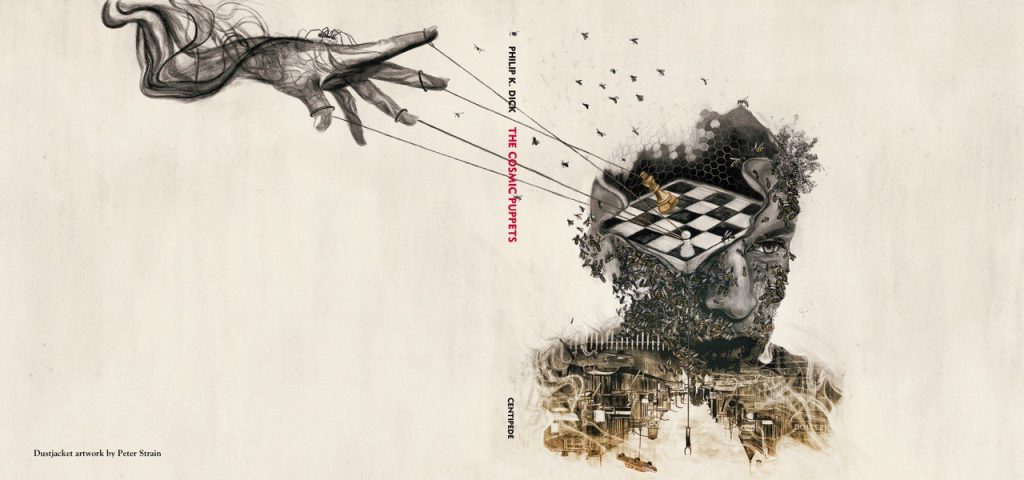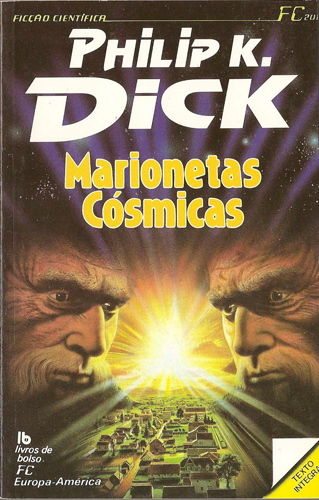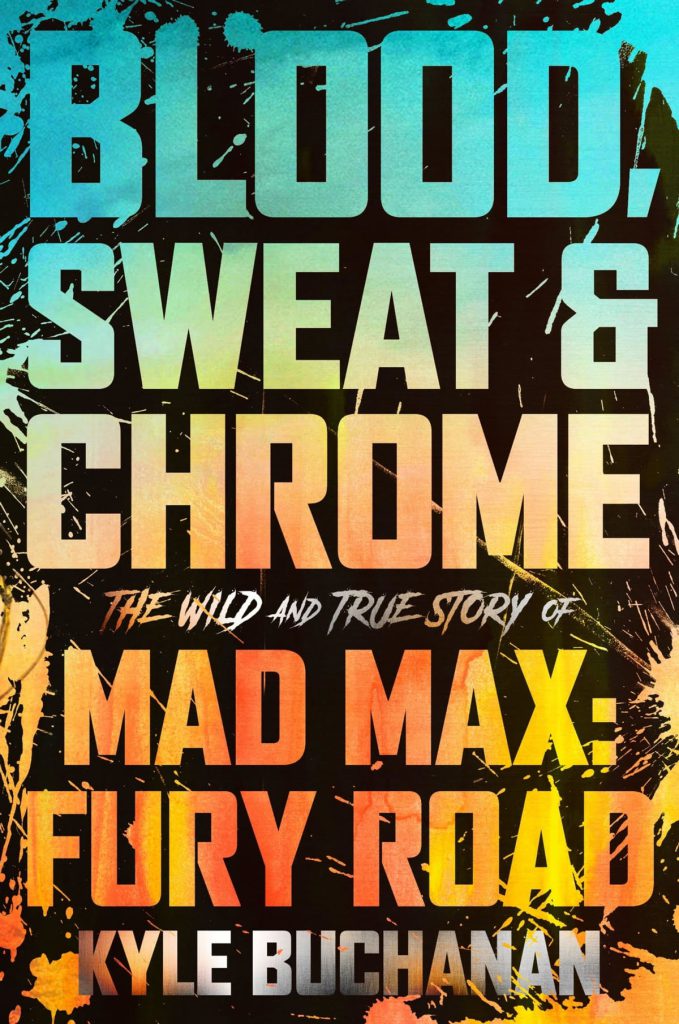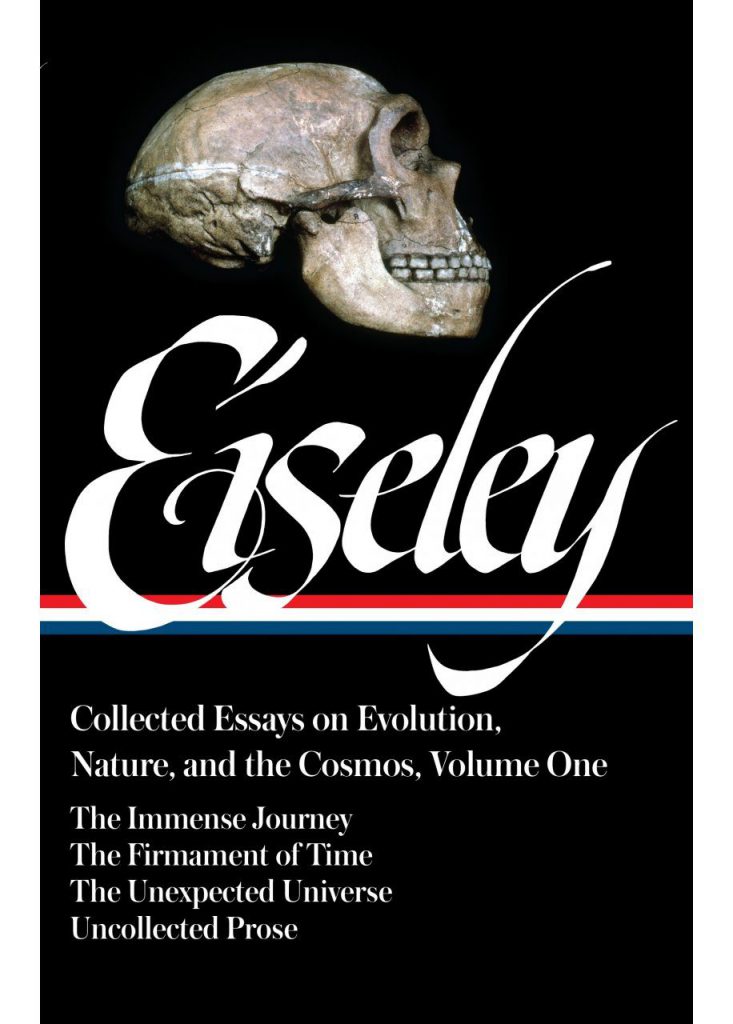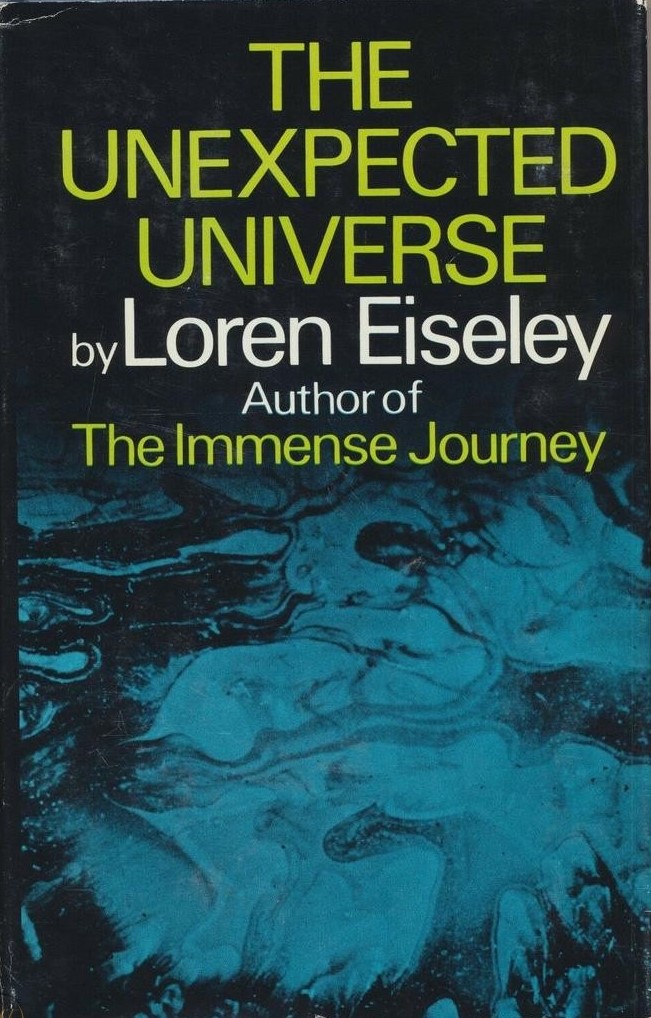Search the Blog
Categories
- Books & Reading
- Broadband Buzz
- Census
- Education & Training
- General
- Grants
- Information Resources
- Library Management
- Nebraska Center for the Book
- Nebraska Memories
- Now hiring @ your library
- Preservation
- Pretty Sweet Tech
- Programming
- Public Library Boards of Trustees
- Public Relations
- Talking Book & Braille Service (TBBS)
- Technology
- Uncategorized
- What's Up Doc / Govdocs
- Youth Services
Archives
Subscribe
Author Archives: Eric Saxon
Friday Reads: The Cosmic Puppets, by Philip K. Dick
Ted Barton has a problem. He doesn’t exist. When he visits his old hometown, the one he left eighteen years ago, he recognizes nothing. When he visits the town newspaper and checks into their archives, he discovers his name in the obituaries: funny, he doesn’t feel like he died of scarlet fever eighteen years ago. Something is Going On, and Ted Barton is going to hang around town for the length of an expanded novella until he finds out just what that Something is.
So begins the spaced-out mystery horror of 1957’s The Cosmic Puppets, which takes a Twilight Zone-style jumpstart of one individual’s profound alienation from history and memory, and builds from there, until the whole town, then the whole universe, is involved — and the nature of reality itself is called into question. In other words, just another book by Philip K. “for now we see through a glass, darkly” Dick (1928 – 1982), the fictionalizing philosopher whose works are the source for such movies and series as Blade Runner, The Man in the High Castle, A Scanner Darkly, Total Recall, and several others.
It turns out that the town Ted Barton vividly remembers – Millgate, Virginia – is still there, but on top of it lies the consistently projected illusion that he and the rest of the townspeople currently perceive. Through strenuously concentrating on his memories, he can bring back small details temporarily, but he can’t hoist up the real town alone: it’s a mass delusion that must be countered with a collective effort of memory.
Alliances are formed and sides taken, snakes and spiders fight with bees and moths, and primordial forces that predate the physical universe rise and join the psychic tug of war. Dick wrote most of this book in 1953, making it one of his first efforts, but PKD fans will notice that many of the classic preoccupations he explored in later books and writings — such as the 1978 speech “How to Build a Universe That Doesn’t Fall Apart Two Days Later” — are already in place, especially the old philosophical question, “what is real?
A warning to puppet enthusiasts and ventriloquists: puppets do not play a role in the story, except perhaps metaphorically; the original title of The Cosmic Puppets was A Glass of Darkness. This title is available through hoopla Digital via your local library (I read mine through Lincoln City Libraries) and also the Internet Archive, as well as well-curated used bookstores everywhere.
Dick, Philip K. The Cosmic Puppets. Boston: Mariner Books, 2012.
Top image: Cover of Centipede Press edition, 2020
Friday Reads: Blood, Sweat & Chrome: The Wild and True Story of Mad Max: Fury Road
Mad Max: Fury Road is a post-apocalyptic dystopian movie with an outwardly simple plot: the protagonists escape captivity and race towards a destination, The Green Place, where they will be safe from their captors who are in murderous hot pursuit. After discovering The Green Place no longer exists, they go back the way they came, taking the fight to their oppressors in order to return to the only viable home they know, in the process transforming from property to heroes who make it rain with redemption. It is the archetypal hero’s journey, but in the hands of director George Miller, it arrives customized with outrageous visionary style and much chrome. This book, Blood, Sweat & Chrome: The Wild and True Story of Mad Max: Fury Road by Kyle Buchanan, is an oral history of the making of the movie. On every page, somebody involved with the film discloses something that reinforces how unlikely it is that it ever got made.
The captivity/desperation/redemption arc in Fury Road could function as a metaphor for its own production. Starting around 1997, multiple studios tried to get it made, each one eventually glad to get it off their hands until the game of heavy metal musical chairs ended within the studios of Warner Brothers. Mel Gibson, Heath Ledger, Michael Fassbender, Johnny Depp, and even Eminem were at various points seriously considered for the role of Max, which eventually went to Tom Hardy. Gal Gadot, Jessica Chastain, and Uma Thurman were slated to play Furiosa, the true main character of the movie, before Charlize Theron won the role.
Immortan Joe, the chief villain, was initially blue. All of the stunts observable in the movie were created with real, ornately customized vehicles and real people. The shoot was moved from Australia to Namibia because a historic amount of rain turned the inert wasteland into fields of wildflowers. The flame-throwing electric guitar wielded by Immortan Joe’s mutant bugler had to be redesigned because director Miller wanted it not only to shoot flames but to actually play notes. It then weighed eighty pounds, which is why the bugler character, The Doof Warrior, dangles throughout the movie from a bungee in front of the wall of speakers fastened to the Doof Wagon…et cetera.
The long gestation of the movie allowed Miller to get every second visualized. This fever dream manifested itself as 3,500 storyboard panels; there was no real script. This was a problem for the actors, who did not necessarily know why they were doing what they were doing at any given time; only George Miller knew. Because they were filming from basically a graphic novel, panel by panel, the takes were often only a few seconds. Once these pieces were edited together, the method resulted in action of a remarkably frenetic pace, perhaps the reason why many cite Fury Road as the greatest action movie of all time. But it could have been the greatest disaster in the history of film.
Buchanan, Kyle. Blood, Sweat & Chrome: The Wild and True Story of Mad Max: Fury Road. New York: William Morrow & Company, 2022.
Friday Reads: Comedy Comedy Comedy Drama: A Memoir
In Nebraska, the comedic figure and dramatic actor Bob Odenkirk exists only in black and white. His two roles that are set in the cornhusker state – Alexander Payne’s film Nebraska and the Omaha vignettes of the popular television series Better Call Saul – are presented on a screen devoid of color. These hardscrabble visuals are in stark contrast to the majority of Odenkirk’s work recounted in his new book, Comedy Comedy Comedy Drama: A Memoir. This is a variegated trail of memories, from the earliest days as a comedy student loitering around Chicago’s Second City to an unlikely turn as a bone-crunching action star in last year’s Nobody.
The Comedy Comedy Comedy portion of the memoir establishes Odenkirk as a one-man U.S. history of alternative comedy. Starting out as a writer, Odenkirk penned some of the more innovative sketches that appeared on Saturday Night Live from 1987 – 1995, and he regularly worked for shows too ahead of their time to commercially succeed in mainstream television, such as the meta-sitcom Get a Life and The Ben Stiller Show.
These jobs would lead to roles in The Larry Sanders Show and a project he co-created, wrote, and performed: Mr. Show, a kaleidoscopic sketch comedy series that continues to influence entertainment and uncannily forecast real life. Some of the current spate of dueling campaign commercials for Nebraska governor, for example, would not seem out of place in the absurd Mr. Show universe.
Comedy…Drama also documents Odenkirk’s journey into more “serious” acting roles that mine the pathos always near the heart of even his silliest giggle-getters. The author’s down-to-earth and consistently funny tone does much to convince the reader of something lofty – that Odenkirk is on an artist’s journey full of risk and uncertainty. For those familiar with his comedy career, the book is a great resource for information about lesser known and unknown projects, like the sketch group The Birthday Boys, the 1989 one-man show Half My Face Is a Clown, and a number of failed pilots for series that never happened.
Comedy Comedy Comedy Drama: A Memoir arrives right as Odenkirk’s most well-known role begins its denouement in the last season of Better Call Saul. Saul Goodman, the crooked lawyer from Breaking Bad, is now Gene, disguised and working as a manager at a Cinnabon in Omaha. It will be fascinating to watch Bob Odenkirk inhabit this character one last time. Saul has always seemed compelled beyond his will to make decisions that will inevitably lead to tragedy. Is it an unavoidable fate, or can he re-saturate his world with color?
Odenkirk, Bob. Comedy Comedy Comedy Drama: A Memoir. New York: Random House, 2022.
Friday Reads: The Unexpected Universe, by Loren Eiseley
If a Mount Rushmore of Nebraska literary figures were ever to be carved into the Dakota sandstone through which Lincoln’s Salt Creek flows, the bespectacled visage of Loren Eiseley would have to be considered for inclusion. Eiseley (1907 – 1977), a renowned paleontologist, anthropologist, poet, and science writer, was born in Lincoln and spent his formative years here (his early childhood home on South Street still stands and there is a Lincoln City Libraries branch named after him), establishing a lifelong pattern of wandering widely, often alone, and investigating what nature revealed to him.
Eiseley is a compelling writer because his interpretation of these clues is always an amalgam of hard science knowledge, compassionate humanism, and a sort of stoic poetry that often seems to stop just short of surrendering to the void. This is particularly true of the ten essays that comprise his 1969 book, The Unexpected Universe. Each essay is a set piece built around some image or experience that has profoundly affected Eiseley, and he spends the essay turning his scientific eye inward — examining his own emotional strata and why he is, to use modern parlance, so “shook” — and outward, drawing upon a classical set of allusions that include Plato, Shakespeare, Darwin, Emerson, Thoreau and others to frame the piece in context for the reader.
Similar to the transcendentalist modes of Thoreau and Emerson, being alive in human form is ultimately a cosmic mystery for Eiseley, and life is a quest for meaning. These essays suggest that this meaning or understanding tends to emerge in coded disguise, such as the letter-like markings of an alphabet shell, a suddenly recalled memory of a “junkman” and his horse-drawn cart at the corner of R and 13th in 1923, or a giant cecropia moth that invades an outdoor theatrical play staged under the lights. These sparks of connection with the rest of the universe are fleeting, leaving the author perhaps even more alone than he realized before.
In this sense, The Unexpected Universe is truly a product of its cultural-historical moment in the late 1960s, the same zeitgeist that infuses Stanley Kubrick’s 2001: A Space Odyssey, created right before human beings placed one of our own on the moon on July 21, 1969. After decades of sci-fi pulp fiction speculation about encountering other intelligent life forms on other planets, the reality of the vast emptiness of outer space and the lonely human position within it became more apparent.
The evolutionary anthropologist Eiseley reminds us that it was always so. However, within matter there is solid-arity: throughout the book he imbues most every living thing and once-living thing with the mythopoeic quest of Odysseus, at one point even lamenting individual blood cells reaching their adventure’s end as they pool below his head after a fall. Reading Eiseley is an exercise in heightened awareness of the microcosmic, macrocosmic, and long geologic history of the earth that offers a renewed sense of how special it is to be alive in this moment.
Eiseley, Loren C. The Unexpected Universe. San Diego: Harcourt Brace & Company, 1994.
